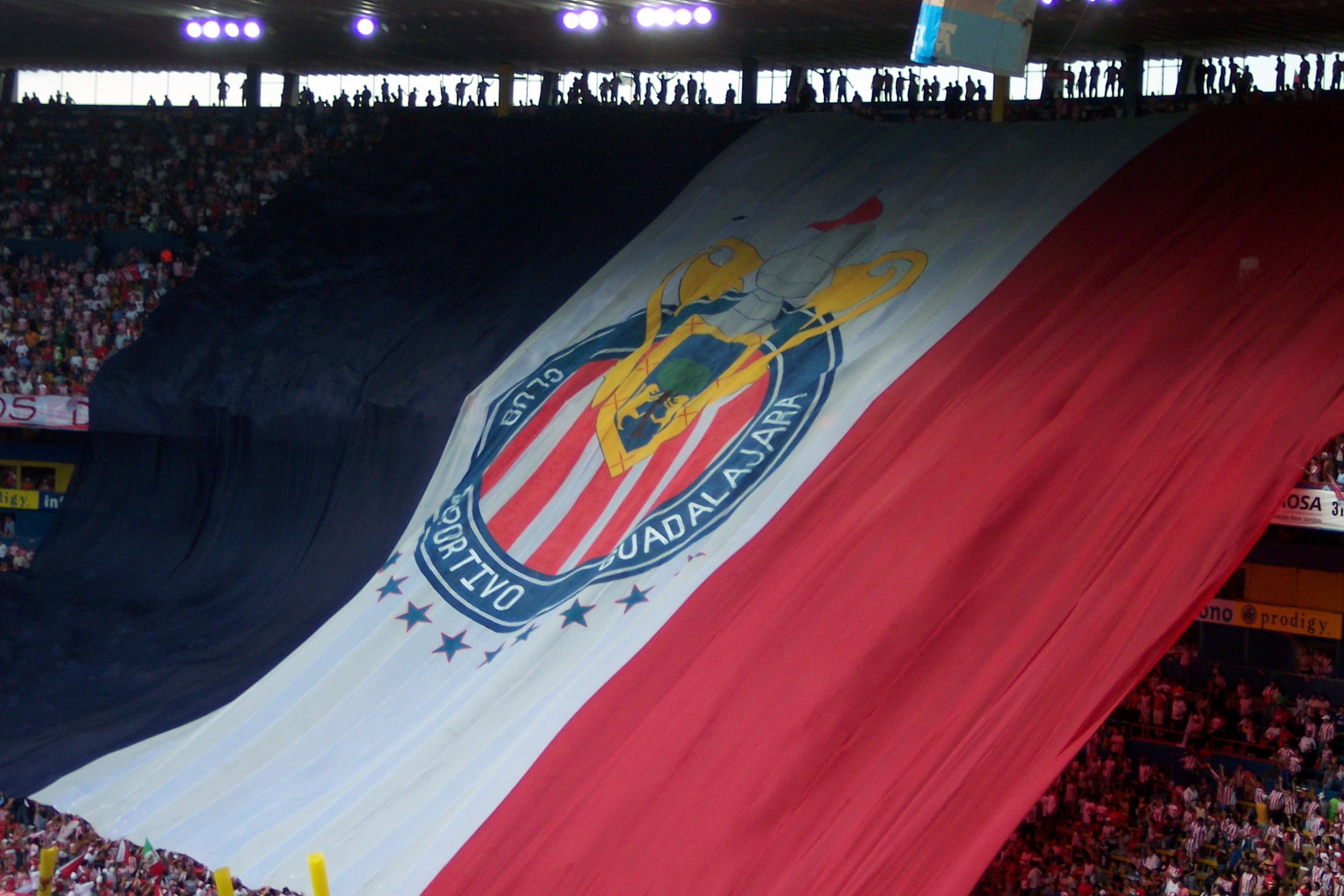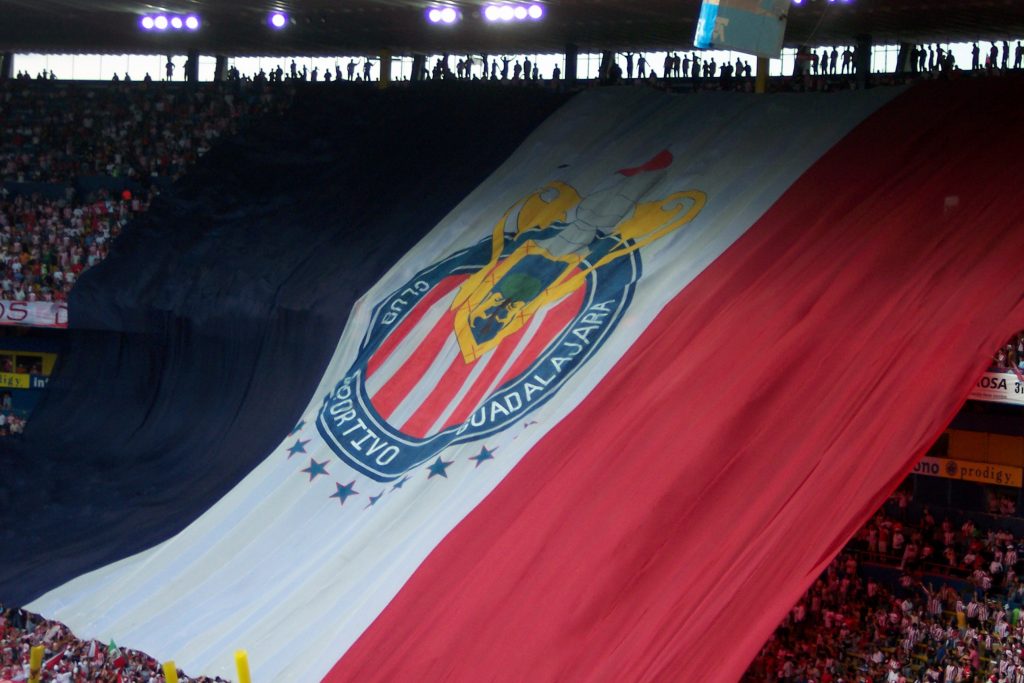Ever since the implementation of the 8/10 rule–now the 9/9 rule, as of last month–Mexican football has been gripped by issues of identity and nationality. More specifically, the feeling was that the rules were opening up Liga MX to too many foreigners, weakening the incoming corps of young players for El Tri by taking away their playtime in favor of extranjeros. It was therefore seen as a victory for Mexico when the traditionally all-Mexican side of Chivas Guadalajara captured the Liga MX title, which they won by beating Tigres UANL, a team whose best player happens to be French.
Now, less than a month removed from that title, Chivas has earned another point of pride: the club is sending more players to the Mexican roster at the Gold Cup than anyone else, with 5 out of a total of 25 El Tri players hailing from the Guadalajara side.
While having an all-Mexican side hasn’t been a winning combination for Chivas in recent years (prior to this year’s Clausura title, they hadn’t won top honors since 2006), the cohesion and community built around the club surely played a part in finally making it over the hump. And, because they stick to native players, the club can also help El Tri build a sense of unity prior to qualifiers. That is one of the most difficult parts of international soccer, where players who normally compete all over the world have to come together as one unit. If that obstacle is cleared by having a handful of players from one club, it can lead to wonderful results; see, for example, the Spain of 2008-2012, which was built on the backs of Pep Guardiola’s Barcelona side.
What’s more important for Mexico is that these players continue to develop and play at the highest levels possible; while Chivas is taking up 20% of the Gold Cup roster, that number would be lower–and the age of the team would be older–if not for the existence of the Confederations Cup, which will force a split of the roster between both competitions. The last time this happened was 2013, which ended with disaster for Mexico in both competitions: they didn’t make it out of the group stage in the 2013 Confederations Cup, and they finished 3rd in the 2013 Gold Cup (not the worst result except for the fact that the United States won the tournament).
For that to change, and for there to be enough depth to send two world-class squads any time there are two competitions in one year, Mexican clubs must embrace youth development over foreign expenditure. Already, the price of Mexican players has shot through the roof in Liga MX, as teams realize the dual appeal of homegrown Mexican players. First, this helps them get around the 9/9 rule, as these players can fill the 9 required Mexican slots. Second, for marketing purposes, Mexican stars help connect with the fanbase of the Mexican first division, as not only do fans connect with their fellow countrymen, but the best of the best can also go on to star for El Tri.
Chivas is the most popular–and most valuable–team in the country, and part of the reason why is that they prioritize Mexican players to the utmost degree. That’s also the reason that, come the Gold Cup this summer, Chivas will be leading the charge as Mexico looks to retain the 2015 trophy.




